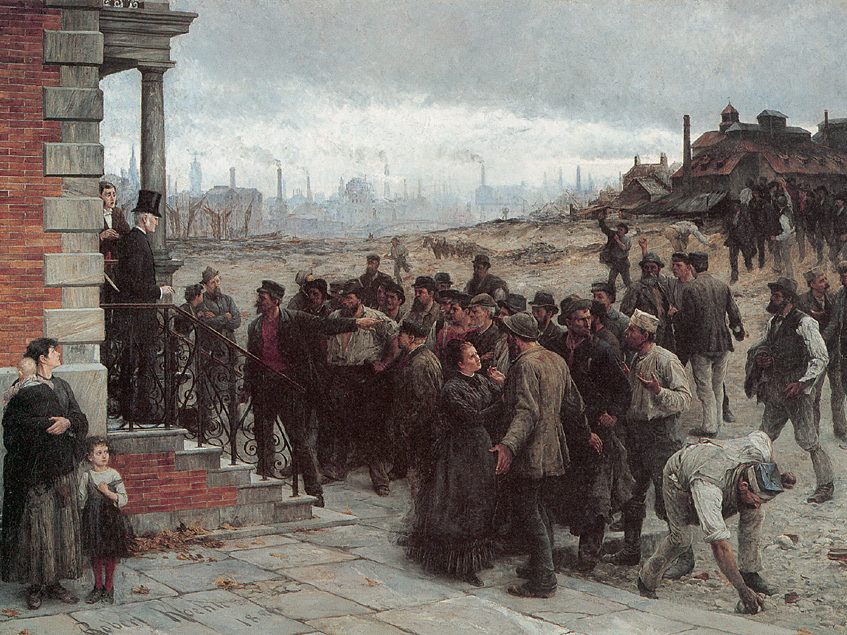I missed the memo that November 1 is the day for releasing the newest think tank visions (Roosevelt, The Century Foundation). The way these visions work is you assemble together the various strands of policy kicking around in the always-fractured liberal policy arena and try to bring them together under a single narrative umbrella. This is not something I am particular good at, so instead I’ll just lay out the basic economic equality agenda as I see it.
If you add up all of the income in the country, you get an aggregate called national income. Roughly speaking, that income is distributed into three buckets:
- Transfer income paid to recipients of public benefits and services
- Labor income paid to people who work
- Capital income paid to people who own assets
The first, and most important, item of the economic equality agenda is to build the welfare state. This will increase the share of national income going into the transfer income bucket. Among other things, building the welfare state means creating a national health insurance program, sometimes called Medicare-for-All. It also means creating a suite of family benefits like paid leave, public child care, and child allowances. The welfare state has historically been the most effective way to reduce inequality and is especially crucial for poverty reduction.
The second item of the economic equality agenda is to promote the mass unionization of the workforce. Such a move will shift some income out of the capital income bucket and into the labor income bucket. It will also compress the distribution of the income that goes into the labor bucket by reducing the pay gap between high-wage workers and low-wage workers. Both changes — shifting income from capital to labor and compressing the compensation scale — will straightforwardly promote equality.
The final item of the agenda is to socialize the ownership of capital, e.g. through a social wealth fund. In the last half century, states have proven to be quite capable of owning large piles of assets such as stocks, bonds, and real estate and, through that ownership, soaking up the capital income that flows to the owners of those assets. Shifting the ownership of capital assets out of private hands and into collective social institutions like social wealth funds both socializes capital income streams and dramatically reduces wealth inequality.
What’s useful about the framework above is that it basically describes how every single inequality-reduction agenda works. For instance, minimum wages reduce inequality by compressing the wage scale (same as trade unions) while antitrust and codetermination policy is supposed to reduce inequality by shifting some income from capital to labor (same as trade unions). There are different ways to get at the inequality problem, but they ultimately all flow through the same basic mechanisms.

